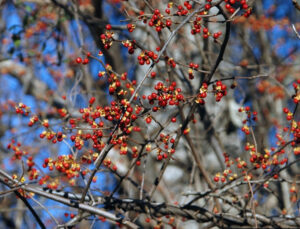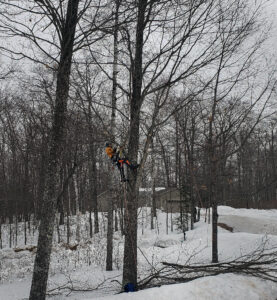By Tom Jerow, Rhinelander City Forester
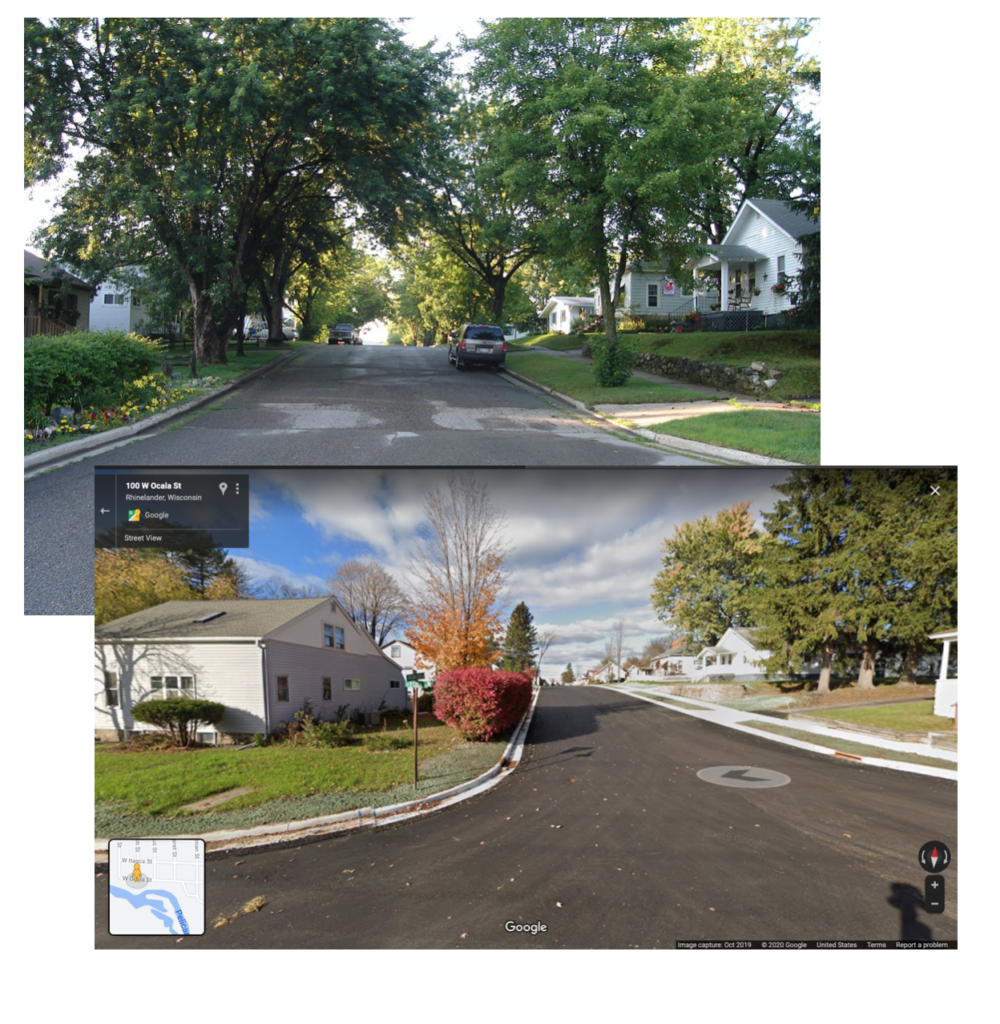
View of the same street before and after urban forestry efforts.
The City of Rhinelander, like many communities with populations under 10,000, has struggled to maintain a vibrant urban forestry program. Funding and staffing are its main challenges. The city also faces a variety of urban forestry issues, including pests and diseases, species diversity, community engagement, catastrophic ice storms and aging sewer and water infrastructure. The latter is one of the most significant challenges. Continue reading “Community Spotlight: Rhinelander — How One Small Community Is Making Urban Forestry A Priority”

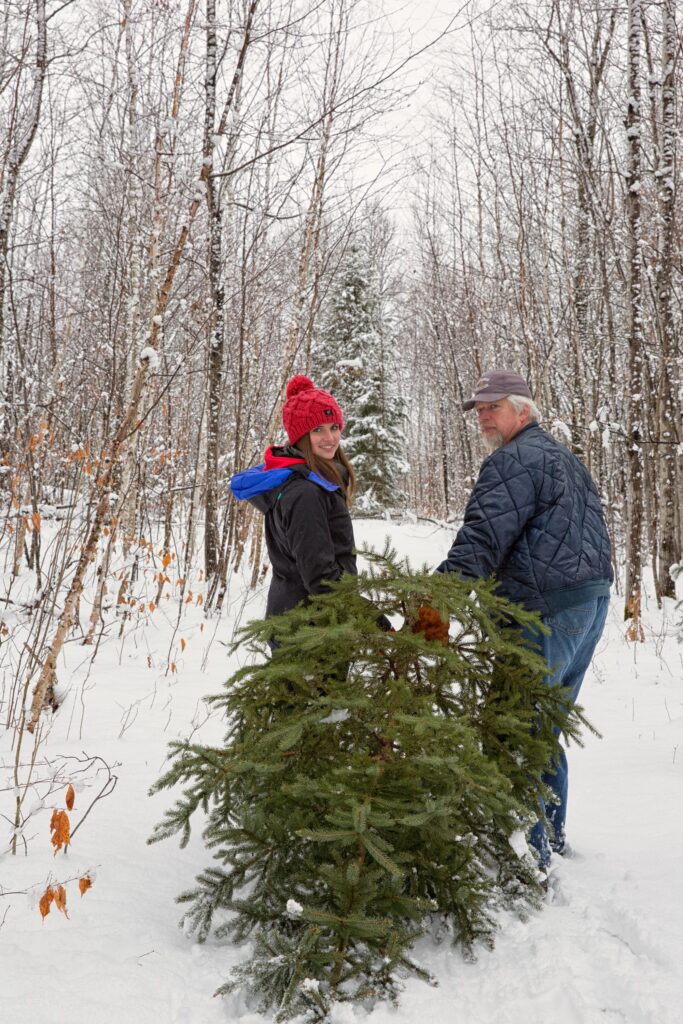 To say that working on a Christmas tree farm in high school led me into forestry would be a case of significant historical revisionism. Still, that experience swam in the same waters as reading Lord of the Rings, going on family vacations to the mountains, having a nearby municipal forest and other things that showed me that trees were the way.
To say that working on a Christmas tree farm in high school led me into forestry would be a case of significant historical revisionism. Still, that experience swam in the same waters as reading Lord of the Rings, going on family vacations to the mountains, having a nearby municipal forest and other things that showed me that trees were the way.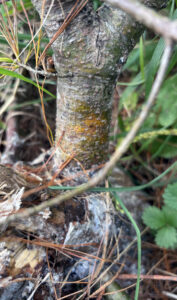
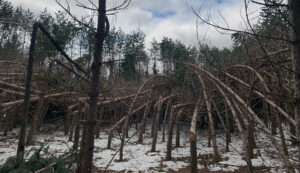
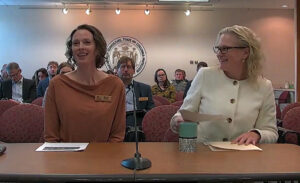
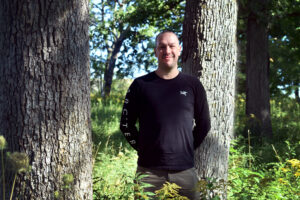
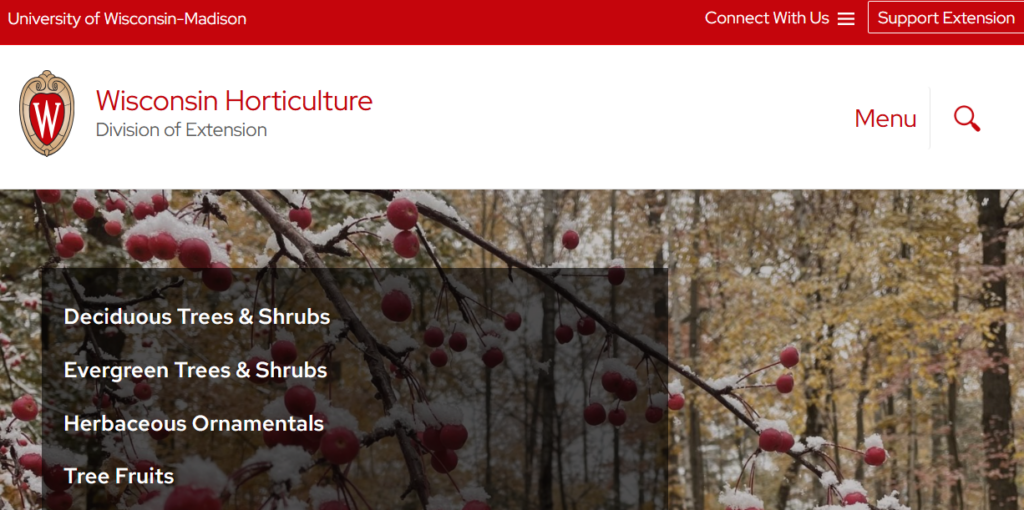 Reliable and up-to-date research-based information is vital for tree care professionals and urban foresters to make sound, scientific management decisions. To make trusted resources more accessible, UW-Extension’s
Reliable and up-to-date research-based information is vital for tree care professionals and urban foresters to make sound, scientific management decisions. To make trusted resources more accessible, UW-Extension’s 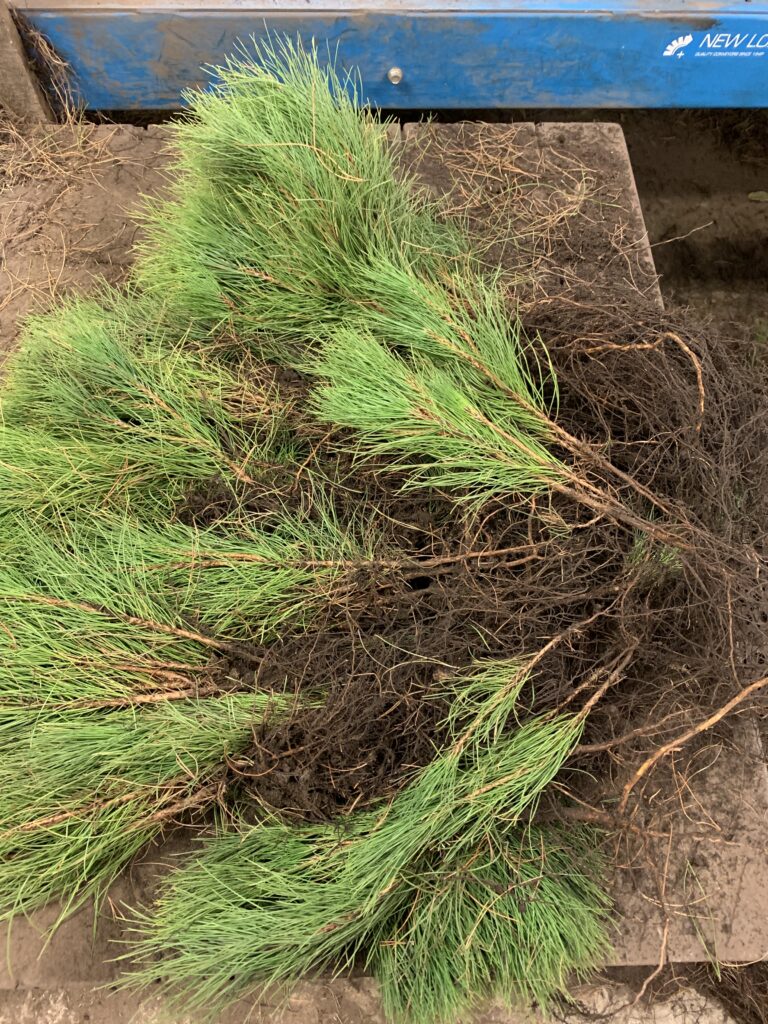 The Wisconsin Department of Natural Resources (DNR) is offering free tree seedlings to every fourth-grade student in Wisconsin as part of its annual
The Wisconsin Department of Natural Resources (DNR) is offering free tree seedlings to every fourth-grade student in Wisconsin as part of its annual 